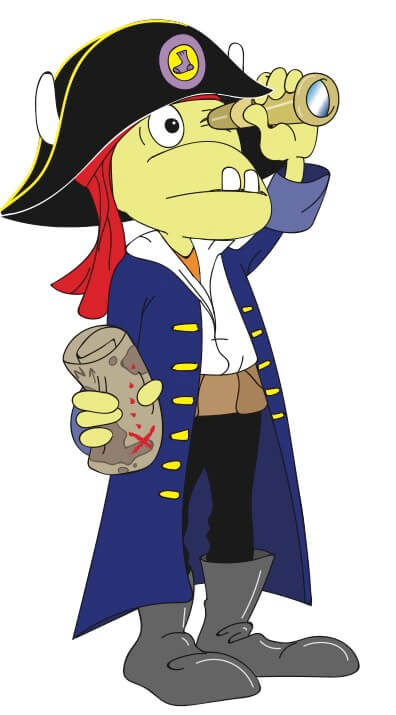
EXAMPLE: If I was reading a book, I might want to choose a character and think about how I might feel, or act if I was that character. Or I might think about how someone int eh real world might use the things I am learning. Sometimes when people are building ideas they need to have a chance to explore alternative perspectives and ideas. Engaging with and exploring alternative ideas and perspectives can cause useful tension. It can help people re-evaluate and make informed choices about what it is they would like to stay connected to.

EXAMPLE: If I was finding out about how to spell words, I might want to ‘dig’ into spelling patterns, word history, meaning, etc so I could find ways to help me learn how to spell a word. Sometimes when people are building ideas they need to dig deep into an idea or perspective to uncover hidden ideas. Digging into an idea helps people see and understand big patterns and ideas that span across place, time and culture.

EXAMPLE: If I wanted to find out why shells, leaves, etc had different shapes, colours or places they are found, I might need to think about the job of leaves or shells. I might also need to know about living and non-living things and places that things live and grow. Sometimes when people are building ideas they need a chance to dive deeper into a feature or belief that is a part of a bigger idea. It means spending time thinking carefully about a place, a time, or another aspect of an event, a thing, a relationship or other things.

EXAMPLE: If my family and I are trying to think about how we will learn and work when we all in lock down, maybe we can draw or talk about ideas we have about how things could work. We can then use these ideas to solve problems at home. Sometimes when people are building ideas they need a chance to both pose and solve problems. It means spending time discovering processes that help solve problems or spending time taking notice of things so you can pose problems, showing understanding of the world around you and looking for new alternatives.
